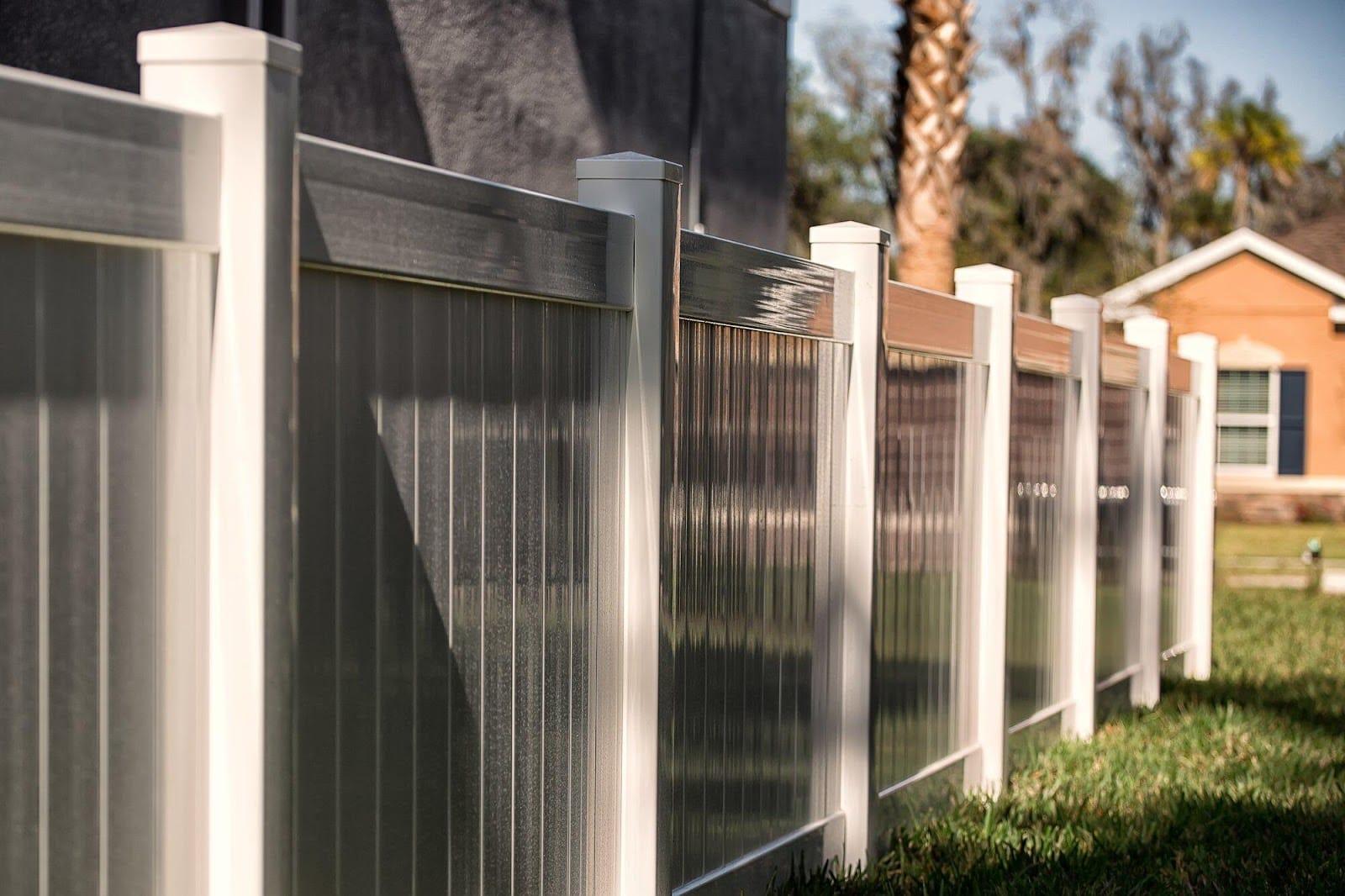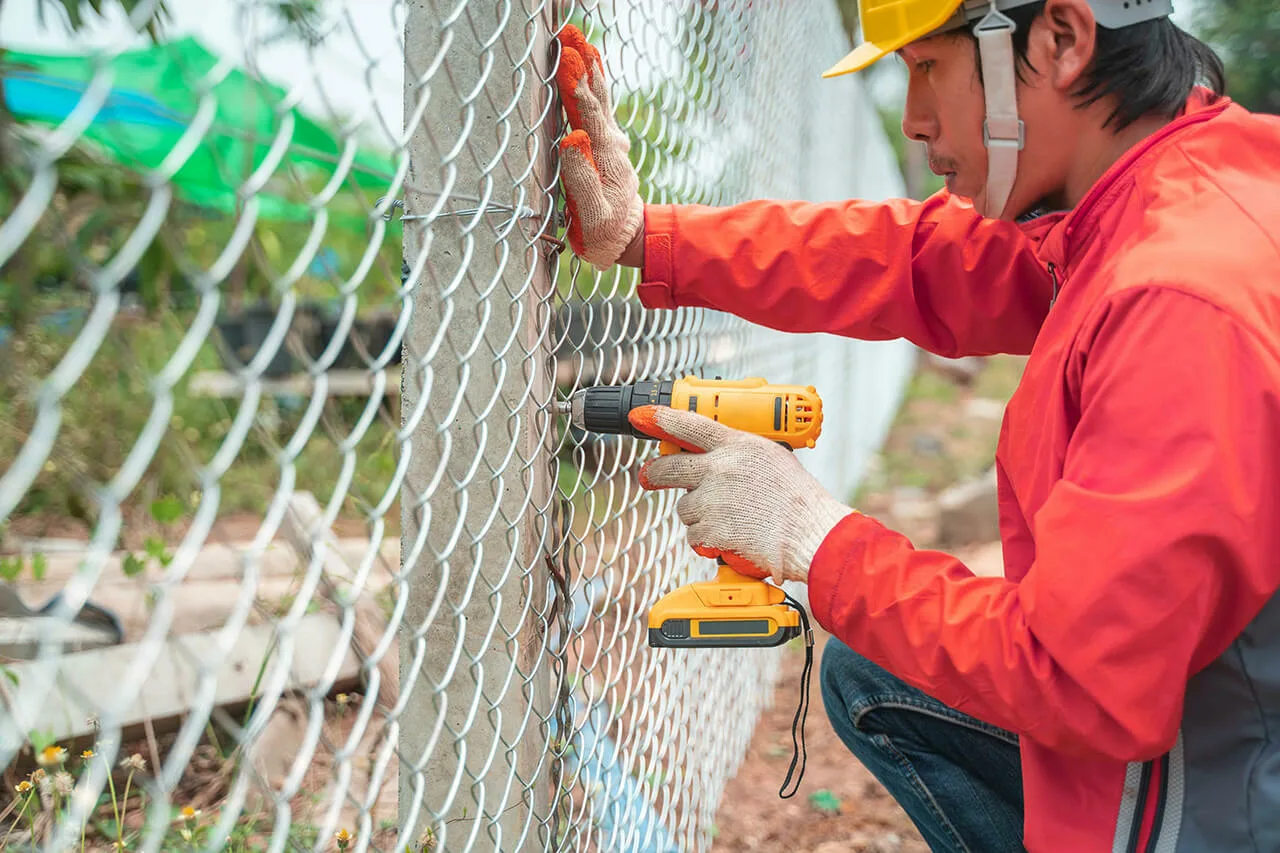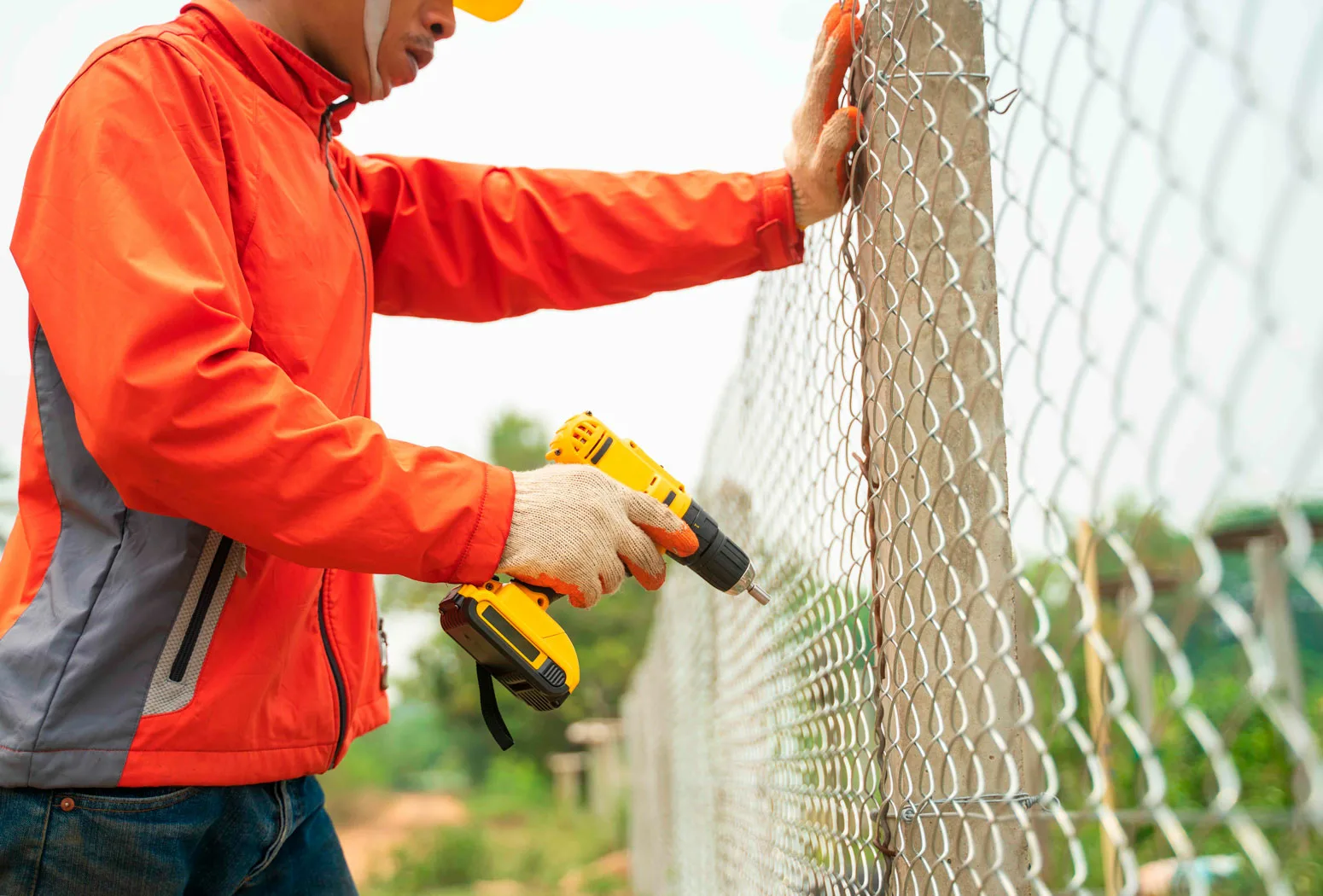
Choosing the Right Fence for Your Home: A Material Guide
Choosing the Right Fence for Your Home: A Material Guide
For centuries, fences have been fundamental elements of home security, privacy, and aesthetic appeal. From rudimentary stone walls to sophisticated engineered barriers, the evolution of fencing materials mirrors humanity's progress in construction and design. Initially, the primary concerns were purely functional: keeping livestock in or intruders out. Early materials like wood and stone were chosen for their immediate availability and basic protective qualities. This pragmatic approach laid the groundwork for the diverse range of options we see today, each with its own characteristics and applications for modern homes.
As societies advanced, the role of the fence expanded beyond mere utility. It began to reflect social status, architectural styles, and individual preferences. The shift from purely utilitarian structures to elements contributing to a property's overall charm and value became evident. Historical property development often highlights how material choices were influenced by local resources, prevailing building techniques, and even cultural norms. Understanding this trajectory helps homeowners appreciate the deep-rooted significance behind their fencing decisions, moving beyond simple aesthetics to consider function and legacy.
Modern homeowners face an unprecedented array of choices, each promising different benefits in terms of durability, maintenance, and visual impact. The decision is no longer just about erecting a barrier; it's about making an informed choice that aligns with a home's architectural integrity, the surrounding landscape, and the homeowner's lifestyle. Studies consistently show that the right fence can significantly enhance curb appeal and property value, while a mismatched or poorly maintained one can detract. This emphasizes the need for a thoughtful approach, considering both immediate needs and long-term implications.
The quest for the ideal fence material often begins with a blend of practical requirements and aspirational desires. Homeowners seek solutions that offer robust protection, require minimal upkeep, and complement their personal style. Previous studies have explored the correlation between material selection and homeowner satisfaction, revealing that factors like climate resilience, ease of repair, and environmental footprint play crucial roles. This intricate balance of form and function means what works perfectly for one home might be unsuitable for another, underscoring the personalized nature of this significant project, a challenge Yoctifyzela is well-equipped to address.
Key Insights from Material Research
-
Long-term Value Over Initial Cost: Literature consistently points out that higher upfront costs for certain materials often lead to lower total ownership costs over decades due to superior durability and minimal maintenance requirements.
-
Aesthetic Harmony is Paramount: Architectural reviews emphasize that successful fences visually integrate seamlessly with the home's design and environment, enhancing rather than detracting from the property's character.
-
Climate Resilience is Non-Negotiable: Research on material performance highlights the critical importance of selecting materials that can withstand local weather patterns, directly impacting longevity and structural integrity.
Deconstructing Material Choices: Pros, Cons, and Considerations
Wood fences remain a timeless classic. Their natural beauty, design versatility, and affordability make them popular. However, their primary drawback is maintenance: regular staining, painting, or sealing is needed to prevent rot, warping, and insect damage. The debate often centers on whether wood's authentic aesthetic justifies the ongoing upkeep. For many, the ability to customize its look outweighs the effort, making it a beloved option for traditional and rustic homes.

Vinyl fencing presents a compelling alternative for those prioritizing minimal maintenance. Made from PVC, vinyl fences are exceptionally durable, resistant to rot, pests, and harsh weather, never requiring painting. This set it and forget it appeal is a significant draw. Yet, initial cost can be higher than wood, and some homeowners find its uniform appearance less natural or customizable, limiting aesthetic range compared to wood.
Metal fences, including aluminum and wrought iron, offer distinct advantages in security and elegant aesthetics. Wrought iron provides robust security and historical grandeur but is susceptible to rust and needs periodic repainting. Aluminum, lighter and rust-resistant, offers similar aesthetic flexibility with significantly less maintenance. Main considerations are often their higher price point and, for some designs, less privacy compared to solid panels.
Composite fencing, a newer market player, combines wood fibers with recycled plastics, aiming for the best of both worlds. It offers wood's natural look without intensive maintenance, boasting resistance to rot, insects, and fading. This material appeals to environmentally conscious consumers and those seeking a durable, low-upkeep solution. However, composites typically have a higher initial cost than wood and can be heavier, potentially complicating installation.
Ultimately, the right fence material is deeply personal, reflecting a homeowner's unique priorities. There's no single superior option; it's about aligning material properties with individual needs for aesthetics, security, privacy, and budget. Some homeowners might prioritize wood's natural charm, embracing maintenance. Others might value vinyl's convenience or the robust elegance of metal. Understanding these trade-offs is crucial for lasting satisfaction.
Practical Takeaways for Homeowners
-
Personalized Needs Assessment: Thoroughly evaluate your specific requirements regarding privacy, security, aesthetic preference, and local climate before selecting any material. This ensures your chosen fence serves its purpose.
-
Consider Total Lifecycle Value: Look beyond the immediate purchase price. Factor in ongoing maintenance costs, expected lifespan, and potential replacement expenses. A durable, low-maintenance material often proves more economical long-term.
-
Seek Expert Guidance: Navigating the vast array of options can be daunting. Consulting with experienced professionals, such as the team at Yoctifyzela, provides invaluable insights tailored to your unique situation, ensuring an optimal choice.
